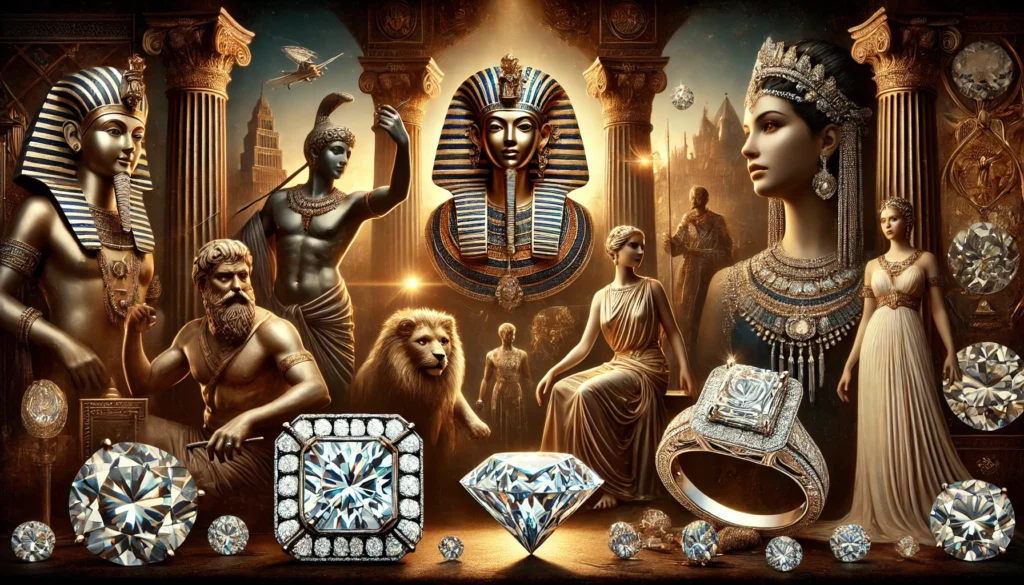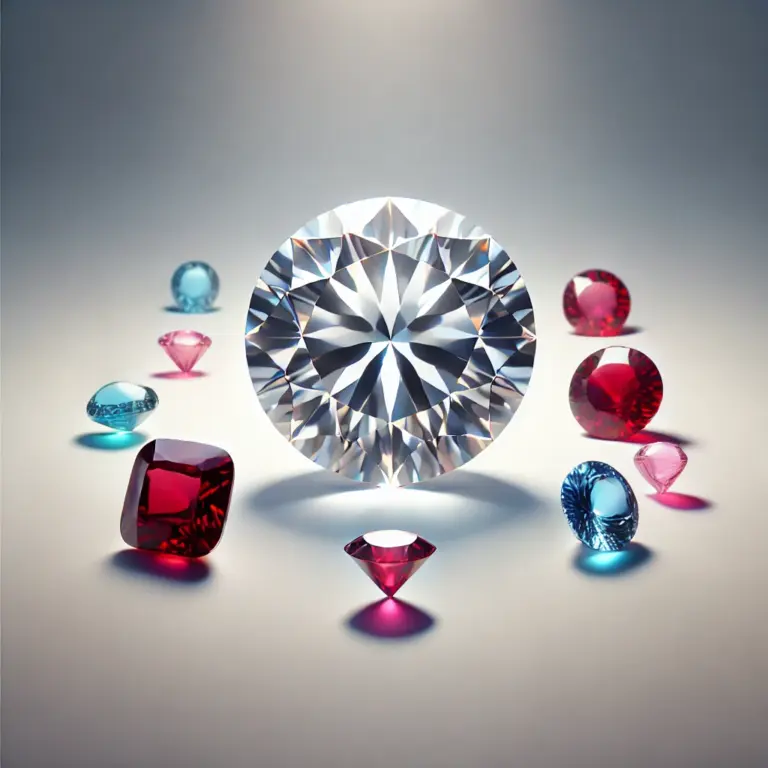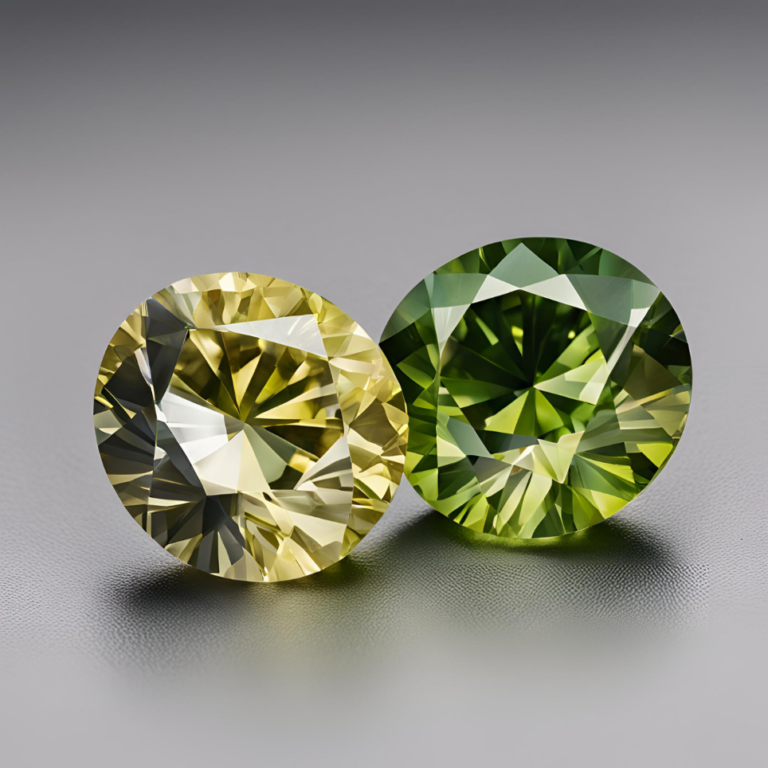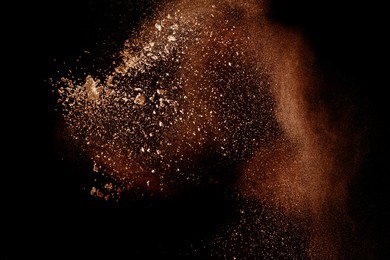
Diamonds, with their brilliance and allure, have held a place of fascination and reverence for millennia. Their journey through history is a proof of the enduring appeal and cultural significance.
Diamonds in Ancient Civilizations
The earliest recorded history of diamonds traces back to ancient India, around 3000 years ago. These civilizations believed diamonds possessed mystical powers, connecting them with the gods and the heavens. The Hindus associated diamonds with the power of lightning and considered them invincible, often adorning statues of gods with these gemstones to enhance their divine essence. Ancient Indian texts contain references to diamonds as symbols of purity, strength, and immortality.
Ancient Egyptians shared a similar reverence for diamonds. They believed these gemstones held the power to protect wearers from harm and evil spirits. Cleopatra, the iconic Egyptian queen, was said to possess a remarkable diamond collection, symbolizing her wealth, power, and allure. Egyptian artifacts, including jewellery and amulets, often featured diamonds as protective talismans.
The Greeks and Romans also admired diamonds, attributing them divine origins. They believed diamonds were tears of the gods or fragments of stars that fell to Earth, associating them with love, purity, and invincibility. Roman mythology connected these gemstones with Cupid, the god of love, suggesting that diamond-tipped arrows could pierce the heart and inspire eternal love.
Diamonds in the Middle Ages and Renaissance
The Middle Ages witnessed a continuation of the fascination with diamonds. They were believed to possess healing properties and were often incorporated into medicinal remedies. The diamond’s symbolism of love and eternity began to solidify during this period.
The Renaissance marked a turning point in the history of diamonds. As trade routes expanded, diamonds became more accessible, leading to a surge in demand. The affluent began to adorn themselves with diamond jewellery, firmly establishing the gemstone’s association with luxury and status. The discovery of new diamond deposits in India and, later, Brazil contributed to increased availability and a wider appreciation for these gemstones.
Diamonds and the Symbolism of Love
The link between diamonds and love can be traced back to Medieval Europe. By the 14th century, diamonds were increasingly incorporated into jewelry and precious objects. The 15th century saw the emergence of diamond-set rings with inscriptions declaring love, solidifying the diamond’s role in romantic symbolism.
Joanna Fastolf’s will from 1417 includes a notable example: a diamond ring inscribed with the French phrase “love you with all my heart.” Later, in the 16th century, a ruby and diamond ring was specifically described as a “marrying ring.” The combination of ruby and diamond became associated with engagement, perhaps symbolizing the man and the woman respectively.
Renaissance literature, including works by Miguel de Cervantes and Molière, also referenced diamond-set engagement rings. The diamond’s hardness became symbolic of enduring love and commitment. While initially, diamond rings could be exchanged between partners, by the 18th century, the tradition of the man giving a diamond ring to the woman as an engagement token became firmly established.
Diamonds in Modern Times
The discovery of diamond deposits in South Africa in the late 19th century revolutionized the diamond industry. This period marked the beginning of the diamond’s ascent to its current status as one of the world’s most coveted gemstones. The development of diamond cutting and polishing techniques, particularly the brilliant cut, enhanced the diamond’s brilliance and fire, further solidifying its popularity.
The 20th century witnessed the rise of diamond-focused companies like De Beers, which played a pivotal role in shaping the diamond industry and popularizing diamonds as engagement rings. The Art Deco era brought bold and geometric diamond designs, while the mid-century saw a resurgence of classic styles. Today, diamonds remain a symbol of luxury, status, and enduring love, with their allure showing no signs of diminishing.




